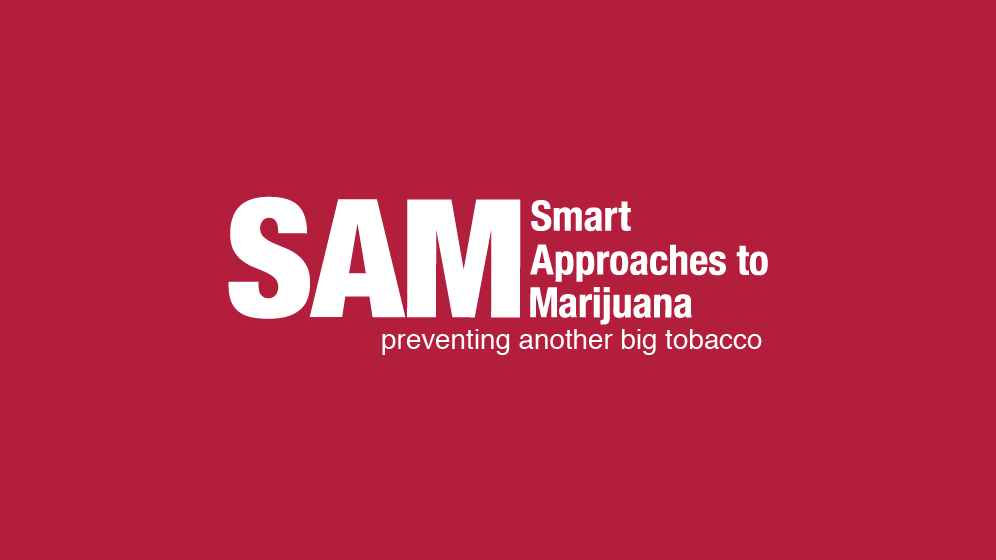
Higher Usage Rates, Flood in Poison Control Calls Likely to Continue Following Full-Scale Marijuana Commercialization
(ST. PAUL, MN) – As Minnesota reaches the one-year mark of full-scale commercial sales of pot and THC-infused drugs, Smart Approaches to Marijuana (SAM) President Dr. Kevin Sabet, a former three-time White House drug policy advisor, issued the following statement about the serious consequences associated with today’s high-potency marijuana and industrialized THC drugs:
“Pandering politicians should take note. One year ago, we said, ‘Lawmakers and Governor Walz knew the data and the risks, now they should prepare for the consequences… higher rates of drug addiction, more emergency room visits, increases in accidental exposures for children and an exacerbation of our mental health crisis.’ Those concerns are even more heightened than they were a year ago.
“According to the North Central HIDTA Minnesota ISC’s Minnesota Baseline Assessment, use and addiction rates have skyrocketed in recent years, a trend likely to have intensified as pot profiteers amplify their influence. Forty-five percent of Minnesotans ages 18–25-year-olds used marijuana in the past year, according to the 2022 National Survey on Drug Use and Health. Twenty-nine percent of Minnesotans aged 18-25 reporting using marijuana in the past year, according to the same report. These results have likely been influenced by politicians’ clumsy, unintended legalization of hemp-derived THC-drugs that have the same addictive and psychoactive qualities and marijuana-derived THC products.
“Poison control calls more than doubled between 2018-22, as THC-infused edibles became plentiful. The influx of even more dangerous products with even higher concentrates will unquestionably mean these numbers will be worse when the state issues its next report. Marijuana-related calls involving children under the age of 5 increased by 648% between 2018 and 2022 with almost all of them being due to accidental consumption, another trend likely worsened as more drugs are injected into the state, especially its low-income and minority communities.
“Clear, current data is not yet available, but politicians would be wise to review the serious concerns raised by the HIDTA’s baseline report issued in February and prepare for the worst. Lawmakers should be taking proactive steps to protect the public from the dangers of these high-potency drugs. The Office of Cannabis Management also needs greater resources to protect vulnerable individuals and communities that are being victimized by this policy and the predatory industry that lobbied for it. Failing to act accordingly will create the Big Tobacco of our generation.”